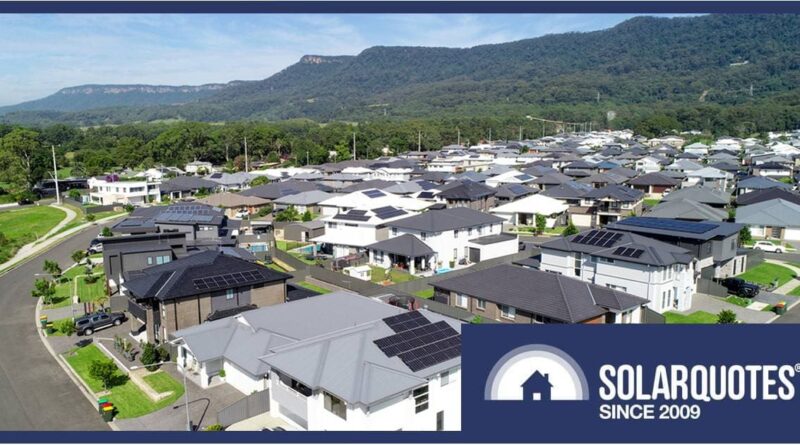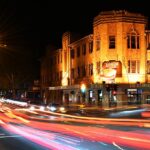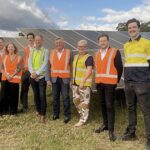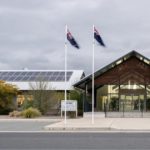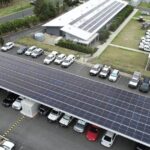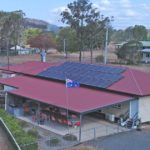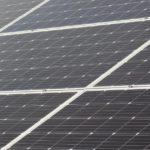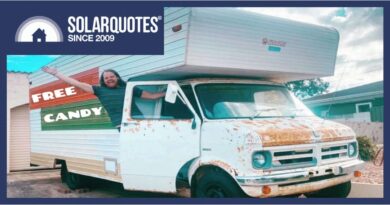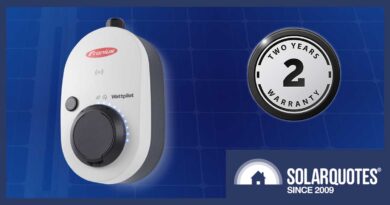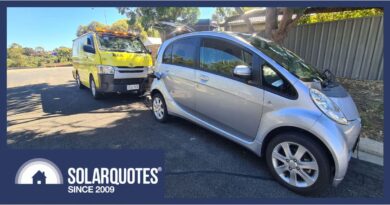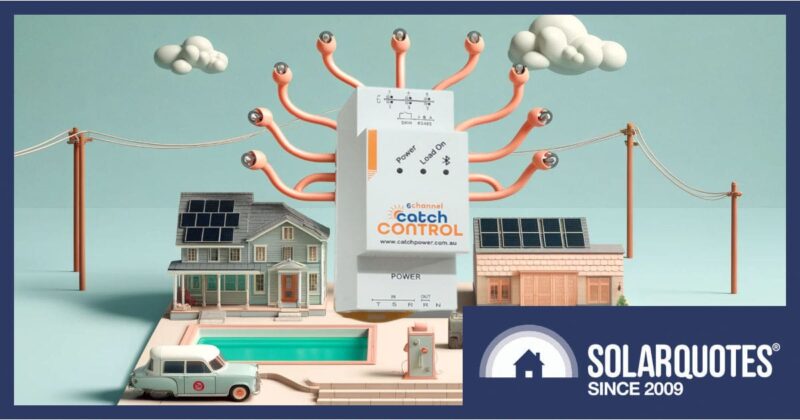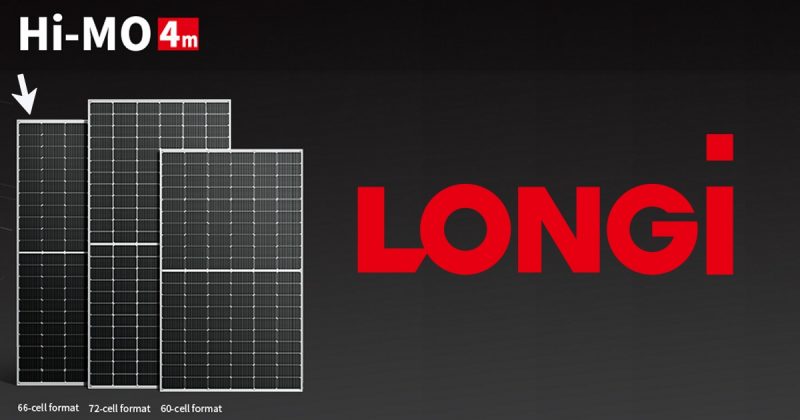NSW Councils Collaborating On Home Solar And Batteries
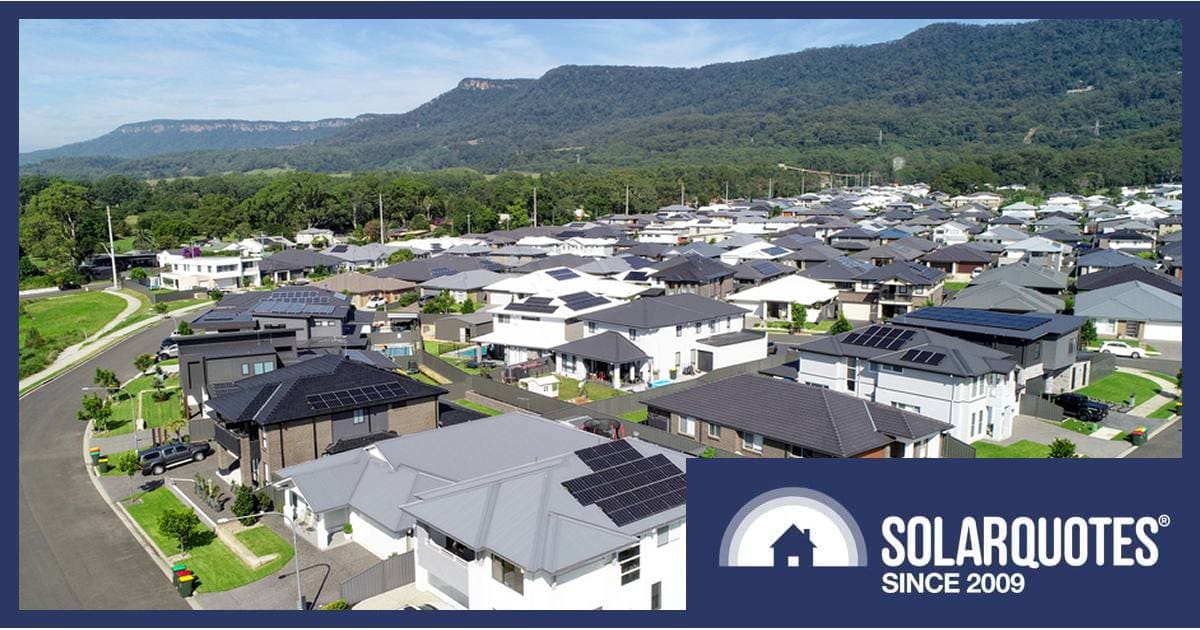
Wollongong City Council is teaming up with several neighbouring councils to boost local uptake of solar panels, battery systems and VPPs among households and small businesses.
Kiama, Shellharbour and Shoalhaven councils are also participating in the initiative.
Expressions of interest are currently being invited for delivering community bulk buy discounts on solar and battery systems, access to virtual power plants (VPPs) and community energy plans in the local government areas.
“To keep the economic benefits of the program here in the region is a key objective so we have included requirements to use local providers and installers to boost local jobs,” said Wollongong City Lord Mayor Councillor Gordon Bradbery AM.
There are plenty of good solar installers servicing Wollongong and surrounding areas, so the EOI might see quite a few hands go up.
The four councils are members of the Illawarra Shoalhaven Joint Organisation (ISJO). Joint Organisations facilitate local governments and the New South Wales Government working together on significant projects for communities. This initiative is being supported by the NSW Department of Climate Change, Energy, the Environment and Water’s Joint Organisation Net Zero Acceleration Grant Program.
The councils involved have a combined area of around 5,800 square kilometres and a population of approximately 404,000 people.
Current ISJO Region Home Solar Stats
How are these four local government areas faring on the home solar power front as things stand?
According to information from APVI current as at the end of March and based on freestanding and semi-detached homes, approximately 32.1% of dwellings in the Wollongong City LGA have panels. 23,225 residential systems have been installed for a total capacity of 127,016 kW.
In the Shellharbour LGA, around 35.1% of dwellings have solar power systems; with 10,603 home installations for a total capacity of 59,414 kW. In the Shoalhaven area, solar saturation is estimated at 34.6% of dwellings, with 20,315 residential installations racking up 108,518 kW capacity. And in the Kiama LGA, approximately 38.1% of dwellings have solar – 3,823 home installations and a capacity tally of 20,786 kW.
Across NSW, the estimated percentage of freestanding and semi-detached houses with PV installations is 35.3%. The state with the highest saturation is Queensland at 50.5%, followed by South Australia at 49.9%.
What About Renters And Apartment Owners?
All four local government areas have a significant proportion of renters and residents living in apartments. Will this program benefit them?
“A virtual power plant and community energy plan option will allow excess solar energy to be exported to the grid,” said Cr Bradbery. “This means residents and renters who can’t install solar could still access locally sourced renewable energy and benefit from the program.”
Aside from the feel-good aspect of sourcing home electricity supply from renewables, other potential benefits for these groups weren’t mentioned. But it’s possible a community energy plan will provide cheaper electricity rates for participants. For households and small businesses able to install systems, it’s also not clear if joining a VPP will be obligatory in order to access system discounts.
Expressions of interest from companies can be submitted through Tenderlink until July 26, 2024. Assuming a suitable provider is found, the ISJO will coordinate the program on behalf of the member councils. Other details including when the program will roll out haven’t been provided at this point, but Cr Bradbery seems keen to get cracking.
“We are aiming to provide opportunities to bring everyone on the Wollongong net zero journey, so more residents can benefit from cheap renewable energy,” he said. “Together is the only way we can reach a net zero Wollongong.”
Original Source: https://www.solarquotes.com.au/blog/isjo-solar-battery-initiative-mb2964/

